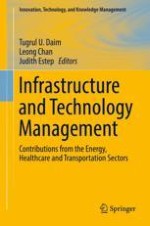2018 | OriginalPaper | Buchkapitel
12. Technology Assessment: Emerging Automotive Technologies for the Future
verfasst von : Aurobindh Kalathil Puthanpura, Rafaa Khalifa, Leong Chan, Husam Barham
Erschienen in: Infrastructure and Technology Management
Aktivieren Sie unsere intelligente Suche, um passende Fachinhalte oder Patente zu finden.
Wählen Sie Textabschnitte aus um mit Künstlicher Intelligenz passenden Patente zu finden. powered by
Markieren Sie Textabschnitte, um KI-gestützt weitere passende Inhalte zu finden. powered by
